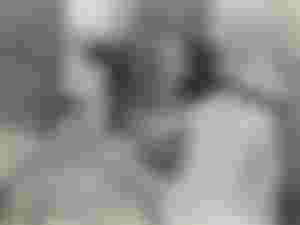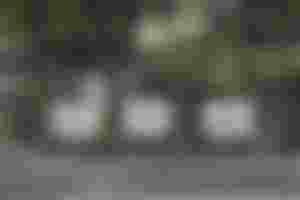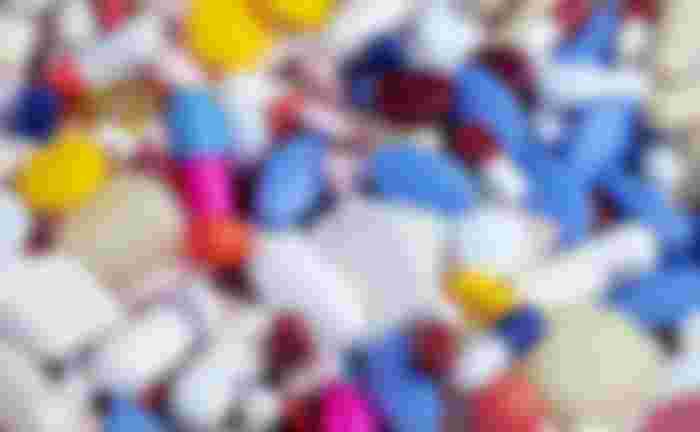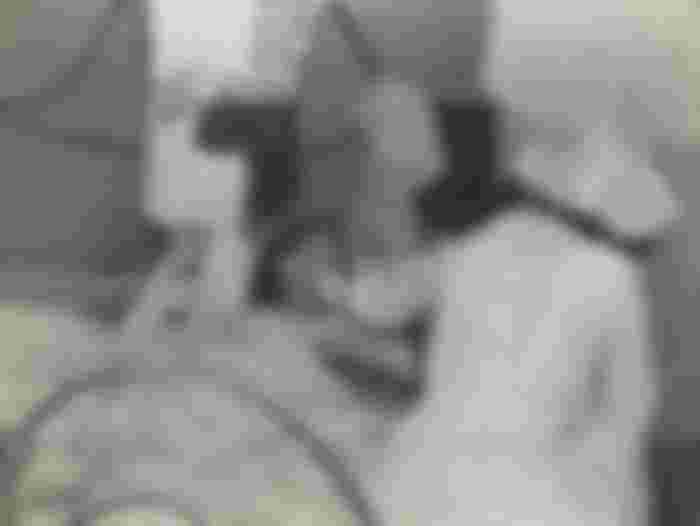Antipsychotic Agents.
Who are the Antipsychotic agents to start with? Before that, I'd like to use this avenue to appreciate us once again for seeing yet another of life as we continue to transcend from life to life, the expectations and expectancies are usually high and as such, I'd like us to discuss the issues of medicine 💊💊💊 for the very first time as you may find it quite helpful both now and in the nearest future to come.
Now what are Antipsychotic Agents?Antipsychotic agents are a group of drugs that are effective in the treatment of schizophrenia and other psychoses.

Yet, in the context of this discuss, we will first put a knife on the meaning of what the schizophrenia and the psychoses are.
First we begin with the Schizophrenia, and I say what are schizophrenia and psychoses?
Without a waste of time, they include some thought disorders, paranoia, bizarre behaviors, hallucinations, delusions and perhaps, hostility, hence, it must be noted that mania organic brain syndrome, schizophrenia and the CNS psychoses are the primary mental aberrations for which the Antipsychotics are used.

Antipsychotic agents are divided into six groups based on their structure. These are the phenothiazines, the butyrophenones, the thioxanthenes, dibenzodiaepines(tricyclic) and a dihydroindolones.
Drugs used for the cure of Antipsychotic problems include:
A. Aliphatic:
Chlorpromazine
Promazine and
Trifluoperazine.
B. Piperidines:
Thioridazine
Mesoridazine
Piperacetazine.
C. Piperacetazine:
Butaperazine
Fluphenazine
Prochlorperazine
Perphenazine, and many more.
Numerous agents belong to the phenothiazines class of drugs. Consequently, they have some numerous pharmacologic actions both on the central nervous system otherwise known as the CNS discussed earlier and it's also on the peripheral nervous system (PNS).
Each drug differs slightly to what degree they can exert their actions on a patients but essentially, the phenothiazines actually and mainly act on the CNS in order to produce sedition, and abolish psychoses by inhibiting or blocking the actions of some certain amines on the brain 🧠.
Moreso, it should be noted that the main action of the phenothiazines in this discuss is actually focused on the brain 🧠 and these group of drugs have several other very important pharmacologic actions which may alter the body systems depending on the body mechanisms and makeups.
The phenothiazines have some antiemetic action which they rely on in altering the general body temperature, endocrine system and potentiate the actions of analgesics which also have various effects on the cholinergic and adrenergic systems.
In addition to all the above said, we now move into the areas that cover the following,the absorption, metabolism and the eliminations.
Phenothiazines have a very fast onset of actions when administered parenterally. Oral administration may be slow and incomplete and so delays the onset actions.
Antacids may well delay the gastrointestinal absorptions if both of them are administered concurrently.
The liver here is known as the main site of metabolism by various pathways, for example, the hydroxylation, reduction and conjugation with glucuronic acid.
Chlorpromazine, for instance, has several metabolites and the duration of actions varies among derivatives.
The kidney is known as the main site for the eliminations and as a group, they have a very slow rate of eliminations even after the pharmacological actions have disappeared.
These group of drugs are available for the IV, IM and the SC rectal and oral use and the parenteral administration has to be done slowly to avoid hypotension.
The Therapeutic uses Schizophrenia is the primary psychiatric disorders in which the phenothiazines are mostly used and they are quite efficacious in this mental disorder, except for a few cases that do not respond.
Manic-depressive disorders, old age psychoses and some cases of emotional disorder may be treated with phenothiazines and they include the use of such treatment drugs such as the: antiemetic, antihistaminic, antipruritic and preoperative sedative drugs and they are used in a direct combinations with narcotics to potentiate and prolong their effects to that extent possible.
The Adverse reactions.
Phenothiazines have numerous reactions and some well known side effects. Only very very few will be mentioned here but the main side effects include jaundice, ataxia(muscular rigidity, tremor) agranulocytosis, dermatitis, hypotension, confusion, breasts enlargement, photosensitivity, symptoms (spams of face, jaws and jerking body movement), ocular changes, skin pigmentation and impairment of voluntary motion are associated with chronic administration and many more.
Note, these above mentioned syndromes and ways of curing them can be certified to be helpful given ones readiness to tackled them head-on especially when such becomes the case of one, hence I'll advice you apply all these measures here in solving your problems in case you're having such narcotics and other psychoses problem for the time being before seeing a physician, though the first line of advice is always to see a physician first and never abuse drugs by applying them yourself as this article is only about educational purpose period👌.

Do you find this article inviting, if so, pls do well to subscribe to my channel. I'm your humble healthcare agent working under the Nursing and allied health professions in Nigeria and I say thanks for reading through.
Image source: unsplash photos.com


